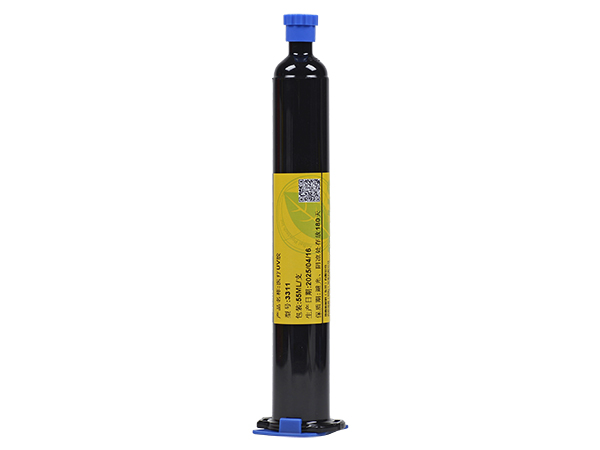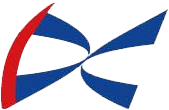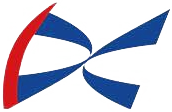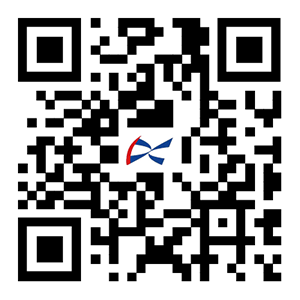Product Description:
DX3311 has the following performance:
| Technology |
Acrylic acid |
| Chemical type |
Acrylic modified polyurethane |
| Appearance (uncured) |
Transparent liquid |
| Composition |
Single component - no need to mix |
| Viscosity |
Medium viscosity, thixotropy |
| Curing method |
Ultraviolet/Visible Light |
| Advantages of solidification |
Production - Rapid curing |
| Application |
Adhesive bonding |
| Resilience |
Improved load-bearing capacity and seismic resistance |
DX3311 is mainly used for polycarbonate bonding, without causing stress cracking on the usual substrate, and its toughness improves load-bearing and seismic resistance. Has excellent bonding ability for glass, various plastics, and most metals. The thixotropic properties reduce the flow of liquid DX3311 after gluing and before curing.
Material properties before curing:
| Specific gravity @ 25 ℃ |
1.08 |
| Refractive index |
1.48 |
| Flash point - see MSDS |
|
| Viscosity,Brookfield-RVT,25℃, mPa·s(cP) |
|
| Rotor 5, speed 20rpm |
200-400 |
Typical curing characteristics:
DX3311 will cure under sufficiently strong ultraviolet and/or visible light. The use of 220to260nm ultraviolet light is beneficial for surface curing. The curing speed and final depth are affected by light intensity, pop distribution, irradiation time, and substrate transmittance. Note: The ultraviolet intensity mentioned here was measured at 365nm.
Stress cracking:
Apply the adhesive onto the polycarbonate bent strip, measuring 6.4cm x 13mm x 3mm, and bend it to a certain stress level.
Force cracking, ASTM D 3929, minutes:
| 17N/mm stress on the strip |
>15 |
| 12N/mm stress on the strip |
13-14 |
Fixed time:
| When the shear strength reaches 0.1N/mm, the required time is the initial solidification time |
| UV fixed time, seconds: |
| Black light, Zeta@7400 Light source: |
| 6mW/cm,standard @365nm |
≤18 |
| UV fixed time, polycarbonate, seconds |
| Metal halide lamp (iron), Zeta@7400 |
| No electrode system, D lamp 30mW/cm, standard @ 365nm |
5-10 |
| No electrode system, H lamp 50mW/cm, standard @ 365nm |
<5 |
| No electrode system, D lamp 50mW/cm, standard @ 365nm |
<5 |
Typical properties of cured material:
Curing @ 30 mW/cm, standard @ 365nm, metal halide lamp with glass lampshade for 80 seconds:
Physical performance:
| Hardness, ISO 868 Shore |
53 |
| Refractive index |
1.5 |
| Water absorption rate,ISO62,% |
3.18 |
| Elongation, when broken, ISO 527-3,% |
250 |
| Fracture elongation, ISO 527-3 |
N/mm |
255 |
| (Psi) |
(37000) |
| Tensile strength at break,When broken,ISO 527-3 |
N/mm |
18.6 |
| (Psi) |
(2700) |
Electrical performance:
| Surface Resistivity,IEC 60093,cm |
7.7×10 |
| Volume resistivity,EC 60093,cm |
7.7×10 |
| dielectric strength IEC 60243-1,kV/mm |
26 |
| dielectric constant/loss,IEC 60250 |
100Hz |
5.17/0.04 |
| 1KHz |
5.01/0.02 |
| 1MHz |
4.61/0.04 |
Material properties after curing:
Adhesive performance:
Curing @ 30mW/cm, standard @ 365nm, using a metal halide lamp for 80 seconds, (sample cured within a 0.5mm gap)
shear strength,ISO4587:N/mm 5.2
Polycarbonate (Psi) (750)
Precautions:
Keep away from children.
It is recommended to use it in a well ventilated area.
If it accidentally comes into contact with the skin, wipe it first and then rinse it with clean water.
If it accidentally comes into contact with the eyes, immediately rinse with clean water and go to the hospital for examination.
Please refer to the MSDS of this product for detailed information.
Usage guide:
1、 This product has photosensitivity. When storing, it should be kept away from sunlight, ultraviolet light, and artificial light sources.
2、 This product should be coated with black rubber hose.
3、 To achieve the best bonding performance, the surface of the material being bonded should be clean and free of grease.
4、 The curing depth depends on the intensity of the light source, distance from the light source, curing depth, bonding gap, and material transmittance.
5、 The recommended minimum light intensity for the bonding area is 5mW/cm
2, The required time is 4-5 times the initial solidification time under the same light intensity.
6、 To achieve surface dryness, higher intensity ultraviolet radiation (100mW/cm2) is required.
7、 For temperature sensitive substrates, such as thermoplastic, cooling is required.
8、 Crystalline and semi crystalline thermoplastic materials need to be checked for stress cracking caused by contact adhesive.
9、 Excessive uncured adhesive can be wiped away by organic solvents (such as acetone).
10、 Adhesive components should be cooled before bearing any load.
Packaging specifications:
1KG/Bucket
Storage conditions:
Store in a cool and dry place at 8-28 ℃. Do not be exposed to ultraviolet or sunlight.
Storage period: 12 months.
Declaration: This manual is genuine and reliable. The data can only be used as a reference. We are not responsible for any results obtained by anyone using methods beyond our control. If the customer uses a method of use not mentioned in this manual, the consequences shall be borne by the customer themselves. It is recommended that users conduct experiments based on the data provided in this article before formal use. Customers should be responsible for whether the product meets the usage requirements. Explicitly declare that no responsibility shall be taken for any necessary or accidental losses, including losses in terms of profits.




